ED4/AMP2 2023-2024 Studio Descriptions
SQUARE
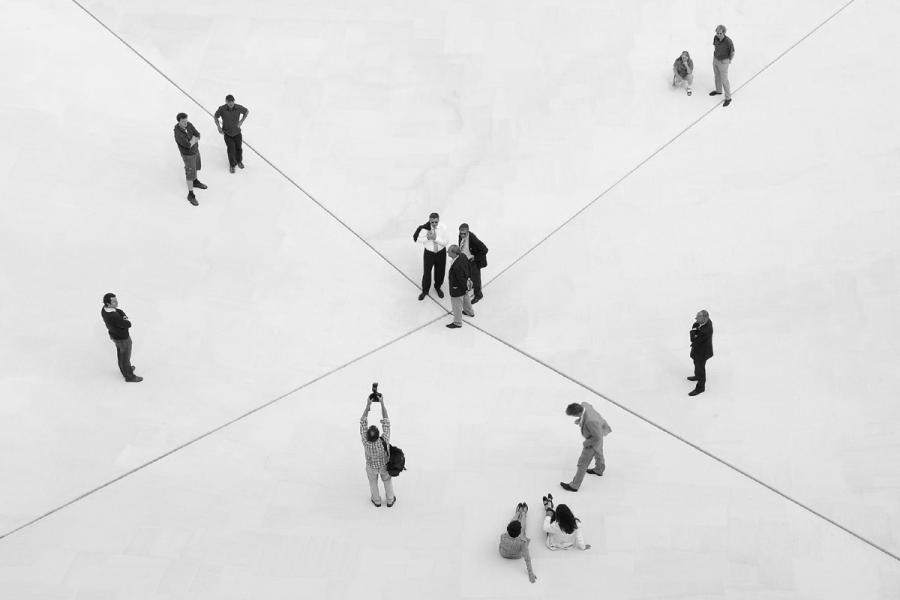
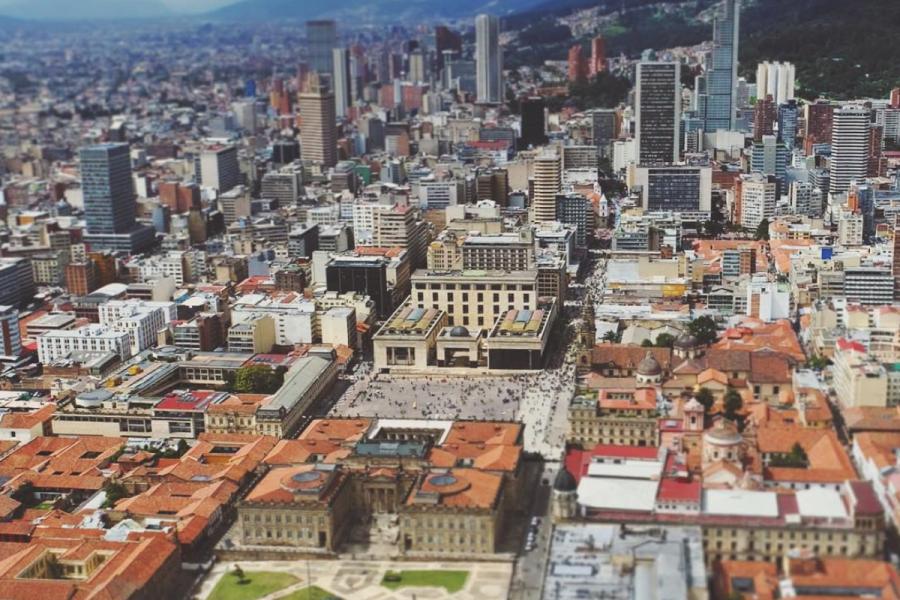
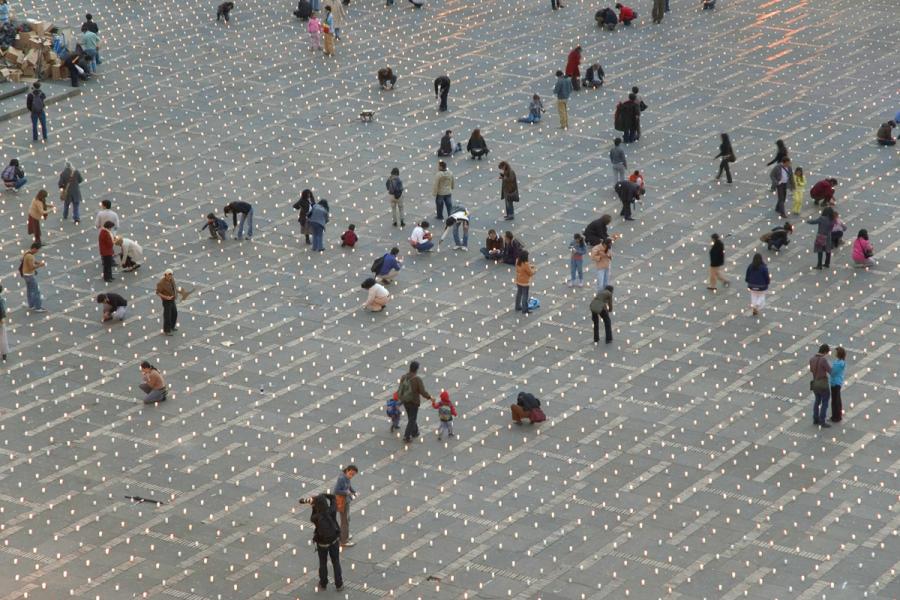
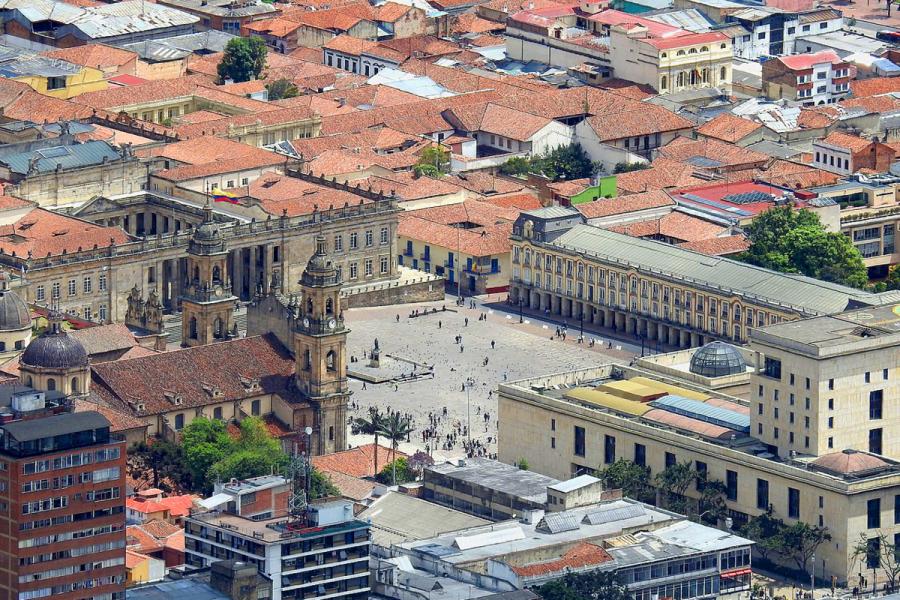
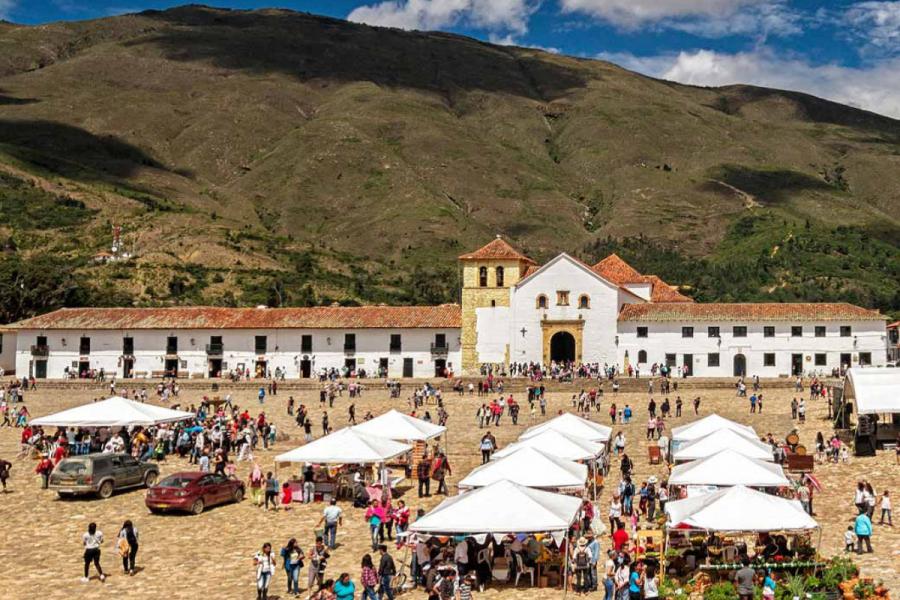
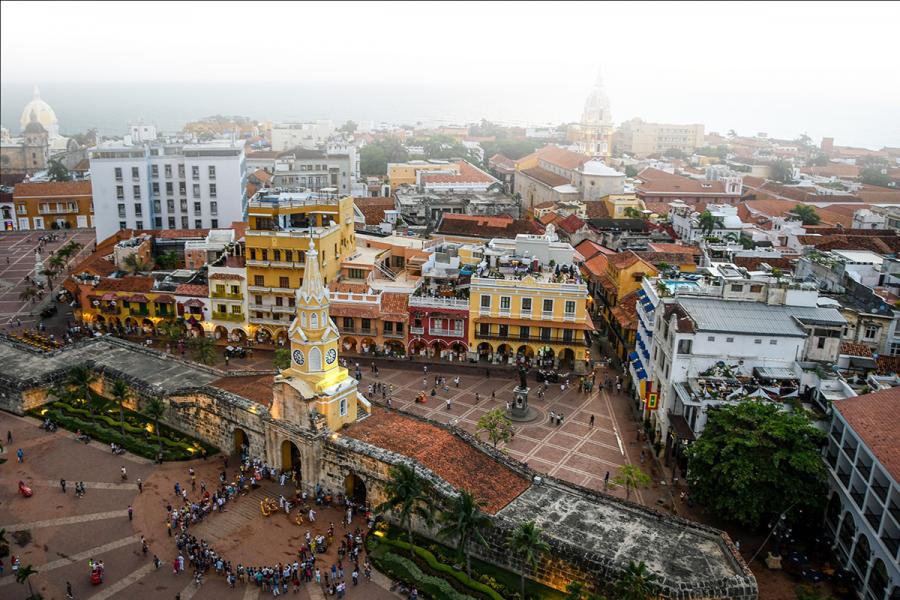
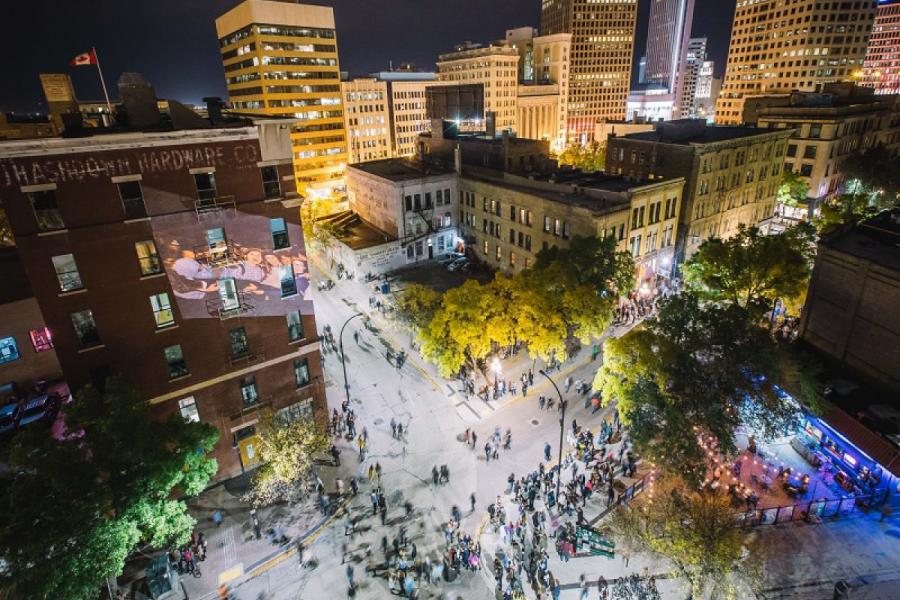
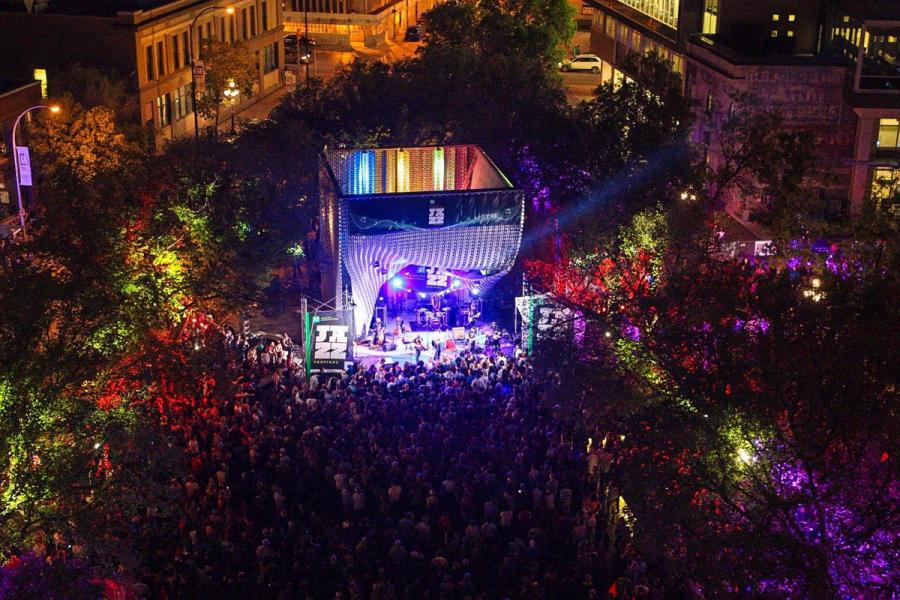
Learn more about SQUARE
What do we mean by a public square? For starters, it is rarely square. It may be a quadrangle or rectangle or circle or pretty much any shape, and it can be open or closed. It might even be a park… through which people pass, going from one place to another, not simply a retreat. A square is porous, balancing its porousness with some focal point, like a fountain or a reliable patch of sun with some benches that marks a break from the cars and streets and invites people to stop, look, exhale, find one another. (Michael Kimmelman, Part One: Culture: Power of the Place, Introduction).
― Catie Marron, City Squares: Eighteen Writers on the Spirit and Significance of Squares Around the World
SQUARE is an architecture and urban design studio focused on the role and regenerative potential of infill architectural projects in their interaction with meaningful public spaces. Our studio will specifically explore the conceptual and concrete (material and spatial) life of SQUARES and their architectural ‘edges’ in reciprocity with buildings of your own creation with the intention to complete the surrounding urban environment and originate qualitative place-making.
Philosophically, Studio SQUARE finds inspiration in ideas advanced by Karsten Harries in his already classic The Ethical Function of Architecture. Of particular interest to our formative objectives is his assertion that the ultimate ethical function of architecture and built environments in general resides in being inhabitable receptacles of, and active agents in, achieving the feeling of “the festal.” Festivities, ceremony, ritual (private and public), and celebration, refer us to Harris’ notion of the “festal,” this is: the building of meaningful life in community.
From an architectural perspective and at the scale of the inhabited building, the primary goal is to conceive buildings which may house contemporary life with its open functions intended for a pluralistic and inclusive society. It is of equal relevance for formative purposes to foster and develop in you, the students, awareness, and initial abilities of comprehensiveness in the architectural design of mid-size mix-use buildings. This is: the understanding of buildings’ complexity in the articulation of structures and envelopes, systems, environmentally friendly techniques, and equally complex programmatic aspects of design.
The field trip to Colombia includes contemporary architectural and urban experiences in Bogotá (visiting works by Rogelio Salmona, Juan Pablo Ortiz, and Lorenzo Castro among other contemporary architects), and an excursion to history and geography that ranges from the Caribbean to the highlands of the Andean region: from the UNESCO world heritage Cartagena de Indias, and colonial “white Town” of Villa de Leyva, to the foundational Plaza Mayor, and the multiple contemporary festive town squares of various scales and nature in contemporary Bogotá.
The site for the studio project will be situated in the Winnipeg Exchange District, drawing inspiration from the field trip to Colombia.
A VIOLENT WILD IRIS
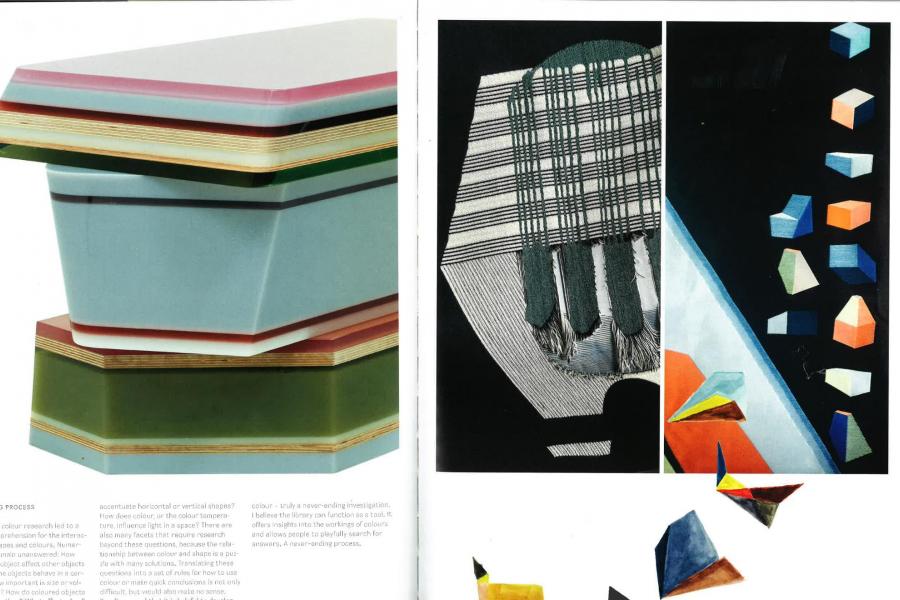
Learn more about A VIOLET WILD IRIS
The One, by Patrick Kavanagh
Green, blue, yellow and red –
God is down in the swamps and marshes
Sensational as April and almost incred-
ible the flowering of our catharsis.
A humble scene in a backward place
Where no one important ever looked
The raving flowers looked up in the face
Of the One and the Endless, the Mind that has baulked
The profoundest of mortals. A primrose, a violet,
A violent wild iris – but mostly anonymous performers
Yet an important occasion as the Muse at her toilet
Prepared to inform the local farmers
That beautiful, beautiful, beautiful God
Was breathing His love by a cut-away bog.1
Architecture exists in the world and shows its skin to the city. Its exteriority is what the vast majority of people experience of a building, so why do we so often leave decisions of façade to the very end? In professional architectural practice, the common course of action is: concept plan approval, massing and form development, exterior envelope, materials. Paired with the increasingly capitalized world, where architecture is at the mercy of financiers, the result is more generic, banal, and poor performer buildings every day. Even our best façade material intentions can disappear with the mere words: value engineering.
Under the premise that “... everyone should experience strange beauty everyday,”2 we will pursue “an architecture that is both varied and human.”3 The world of this studio believes, like William Morris, that you should “have nothing in your houses that you do not know to be useful or believe to be beautiful”4 —in this case, we will understand “houses” to be our projects and, “useful and beautiful” to be the pursuit of serious envelope exploration, literal and figurative. Our projects will explore beauty and aesthetics (material, colour, light, shadow, etc) in an urban context, and interrogate what architecture can offer when we begin at the skin. Like Michael Young and Kutan Ayata have said, aesthetics is about “how the world is available to the senses.” 5
The main areas of inquiry in this studio are: What if we instead begin at the skin? Can we think of beauty and aesthetics from the start? Can we expand the territory of “envelope” to be more and to do more? By beginning with materials and envelope investigation, can we then lead to form development and massing, and end in plan?
We will begin with nature as inspiration, through detailed photographic study paired with writing. Building off our nature inspiration, we will move to material studies through detailed modeling, photography, and drawing. We will think about materials in many ways. As Christopher Alexander says in The Timeless Way of Building, “But to reach the quality without a name, a building must be made, at least in part, of those materials which age and crumble. Soft tile and brick, soft plaster, fading coats of paint, canvas which has been bleached a little and torn by the wind,… fruit, dropping on the paths, and being crushed by people walking over it, grass growing in the cracks between the stones, an old chair, patched, and painted, to increase its comfort.” 6
The material studies will lead into envelope investigation, which we’ll pair with program development, each program made to suit each individual project understanding that the final context will be Portage Avenue in downtown Winnipeg. We will travel to Montreal to experience a good city with many examples of “expanded envelopes.”
The ultimate aim of this studio is to create architecture that is “the violent wild iris” in the “cut-away bog” that is Winnipeg.
1. Kavanagh, Patrick. 2004. "The One." In Collected Poems, by Patrick Kavanagh. The Unviersity of Michigan: Allen Lane.
2. Bestor, Barbara, interview by Julia Gamolina. 2023. Madame Architect (February 7). Accessed August 1, 2023. https://www.madamearchitect.org/interviews/2023/2/6/barbara-bestor.
3. Utzon, Jørn. 1948. Utzon Center. Accessed August 1, 2023 . https://utzoncenter.dk/en/content/the-innermost-being-of-architecture-8896.
4. Morris, William. 1880. "The Beauty of Life." The Birmingham Society of Arts and School of Design. February 19.
5. Ayata, Kutan, and Michael Young. 2022. Various Mediums. UCLA Architecture and Urban Design, May 26.
6. Alexander, Christopher. 1979. The Timeless Way of Building. Oxford University Press.
7. Image source: Jongerius, Hella. 2016. I Don't Have a Favourite Colour: Creating the Vitra Colour & Material Library. Berlin: Gestalten.
ALIGN
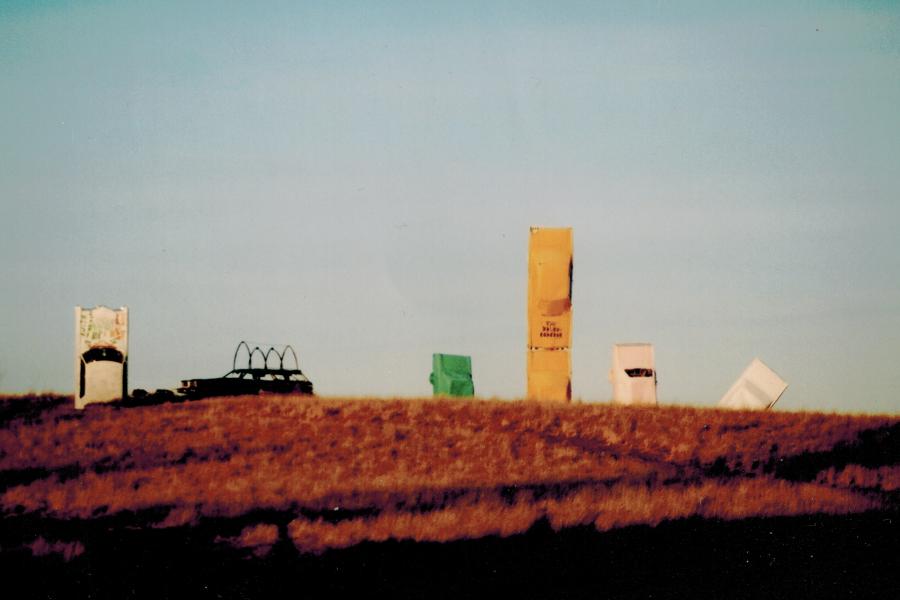
Learn more about ALIGN
Holistic Ecological Design is a philosophical approach that teaches us to align ourselves with our environment, whether that be in form, structure, energy source, or culture. The current milieu we find ourselves in includes moral distress, dramatic changes in weather, and monoculture. When we design, we must ask ourselves: Is this the best way to proceed in this place? For instance, why extract, refine, and transport precious oil resources for something as simple as heating a house when the sun beats down on the site every day? Can the strategic placement of a piece of glass within a wall supply us with endless energy? What materials are available in a reasonable vicinity? Can structures beautifully minimize material use like thin Catalan vaults? How are we dealing with water? What kinds of services or structures benefit the surrounding community?
Bricolage
What other fields of knowledge can be accessed and juxtaposed with architecture to gain new insights? In this design studio, a study of human anatomy will take place first as a way of seeing with new eyes to develop more thoughtful and holistic architectural interventions.
On a larger scale, urbanism has much to teach us about the consequences of our architectural decisions. For instance, a transition city is one that acknowledges the existing conditions we find ourselves in today, has a vision for where it ultimately wants to go, and then takes realistic steps to make that goal come to reality. These settlements enrich the land they sit on. By developing slowly and thoughtfully, nutrients get replenished, instead of depleted.
How can we work with and reflect the culture of a place?
“As Charles Jencks pointed out decades ago, you cannot use a simple semiotic address in a multicultural community such as ours. We need to figure out a deeper form of vernacular, one that is a collage or assemblage of all the cultures that make up our modern communities. We need to bring together both the forms and images in which we can recognise ourselves and in which we can feel safe. We need an architecture that mirrors and maps our society in a visual and tactile manner.” (Sunday, July 23rd, 3:35 pm, Aaron Betsky | 18 December 2015 Dezeen.com _ "We face calls for safe houses, safe communities and safe spaces")
The Role of Technology
Techniques can be borrowed from Permaculture such as “stacking functions” whereby a single design decision has more than one benefit or reason for being there. Make sure to reduce the energy a building requires, and only then allow for technological means to supplement. One could call this Appropriate Technology.
Ultimately
In this studio, you may design a new building or alter an existing one. Can your intervention be of this place? At last, I beseech you to ask yourself: What do you want to leave behind?
THIS OR THAT STUDIO
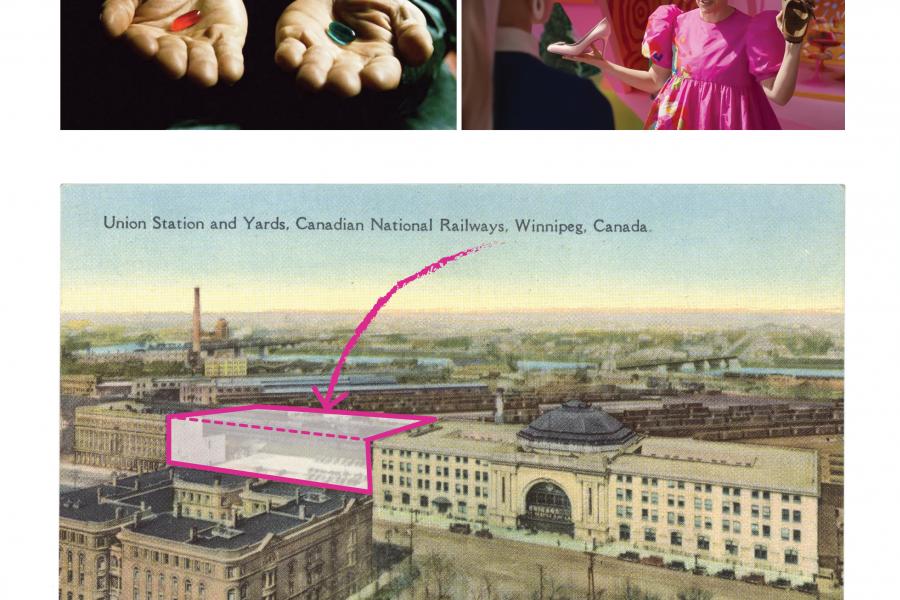
THIS OR THAT STUDIO
Studio Design Process – Iteration and Comparison
The Comparative and Iterative Design Process is a dynamic approach that promotes thoughtful decision-making and continuous refinement in designing solutions. This process involves systematically evaluating multiple design options and iteratively enhancing the chosen designs based on incremental steps and requirements.
At its core, this approach begins with the identification of various design alternatives. These alternatives are thoroughly explored and compared, considering factors such as functionality, user experience, scalability, and feasibility, among others. The comparative analysis aids in identifying strengths and weaknesses of each option, providing a comprehensive understanding of potential outcomes. This iterative loop allows for continuous design enhancement. As new insights emerge and additional constraints are added, adjustments are made to refine the design, augment features, and eliminate any deficiencies.
Choosing Design Alternatives
Red pill vs Blue pill, or Heels vs Flats…where will those decisions lead?
Project and Project Location
Winnipeg Rail Museum & Hotel
Location: Empty parking lot adjacent to the VIA Union Station, Main St. Winnipeg, MB
Project Overview:
A new Winnipeg Railway Museum and Five Star Hotel Complex will feature the city's rich railway history. Situated strategically within the city's downtown, the site benefits from its proximity to transportation hubs, cultural landmarks, and green spaces. This project aims to create a harmonious blend of heritage preservation, cultural engagement, and unparalleled hospitality, setting a new benchmark for iconic architecture and community enrichment.
The Winnipeg Railway Museum and Hotel is envisioned as a multifaceted space that seamlessly fuses the historic charm of the railway era with the opulence of a world-class hotel. The museum component pays homage to Winnipeg's pivotal role in shaping the nation's railway history. The museum showcases meticulously curated exhibits, vintage locomotives, and interactive displays that transport visitors through time. Adjacent to the museum, the Five Star Hotel emerges as a beacon of modern elegance. Boasting luxurious amenities, exquisite dining options, and exceptional service, the hotel caters to discerning travelers seeking both comfort and sophistication.
Studio Trip
The studio group will travel to Los Angeles, CA to visit world class museum precedent projects.
Estimated Costs (CAD) Flight +/-$550.00, Accommodation, Food, Car-Rental, Tickets +/-$800.00 based on shared occupancy.
Figures
Figure 1: Wachowski, Lilly, et al. The Matrix. 1999. Photograph. Accessed August 18, 2023. https://medium.com/@renatognunes/styled-components-or-css-modules-for-react-developers-4eae5bf5cf25
Figure 2: Gerwig, Greta, et al. Barbie. 2023. Accessed August 18, 2023. https://www.danielfootwear.com/blog/spotted-be-just-like-barbie-with-birkenstocks-from-the-new-barbie-movie/
Figure 3: Union Station with the East Yards in the background, from the 1920s.
Source: Rob McInnes, WP0634 Accessed August 18, 2023. http://www.mhs.mb.ca/docs/mb_history/55/greetings.shtml
